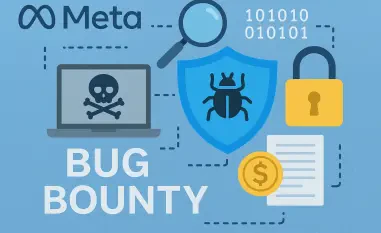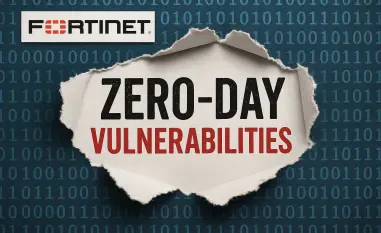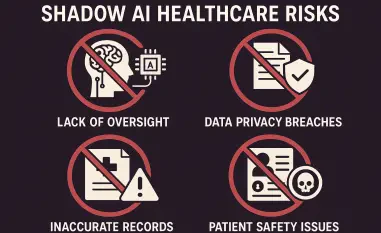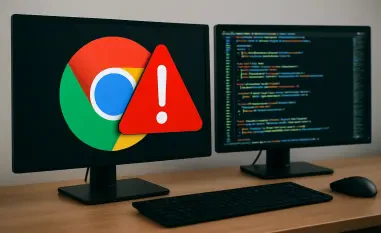Understanding Smishing and Brand Exploitation
Imagine receiving an urgent text message from a trusted company like FedEx, alerting you to a delayed package delivery that requires immediate action via a provided link. This scenario, while seemingly harmless, represents a growing cybersecurity menace known as smishing, or SMS phishing, where cybercriminals exploit mobile messaging to deceive users into compromising their security. Smishing has surged as a potent threat in recent times, capitalizing on the widespread use of smartphones and the inherent trust users place in text communications. This report delves into how such attacks manipulate brand identities to orchestrate sophisticated scams.
At the core of these campaigns lies brand impersonation, a tactic that leverages the familiarity and credibility of well-known entities such as Microsoft or FedEx to lower user defenses. Threat actors understand that people are more likely to engage with messages appearing to come from reputable sources, making these brands prime targets for exploitation. The deception often hinges on creating a false sense of urgency or legitimacy, prompting individuals to act without scrutinizing the message’s authenticity. This calculated misuse of corporate identities amplifies the effectiveness of smishing efforts.
The threat landscape includes a range of actors, from individual hackers to organized cybercrime groups, all aiming to exploit mobile technology’s ubiquity. Messaging platforms, integral to daily communication, serve as fertile ground for these attacks, with SMS and advanced protocols like RCS (Rich Communication Services) enabling visually convincing scams. As mobile devices remain central to personal and professional interactions, understanding the mechanisms of these threats becomes crucial for safeguarding digital environments against such pervasive risks.
Tactics and Techniques of Brand Exploitation in Smishing
Deceptive URL Crafting and Malware Distribution
One of the primary methods employed by threat actors involves crafting deceptive URLs that incorporate trusted brand names to mislead users into believing they are interacting with legitimate entities. By placing familiar names before the “@” symbol in a link, followed by unrelated malicious domains, attackers create an illusion of authenticity that often goes unnoticed at first glance. This subtle manipulation tricks individuals into clicking, leading them to sites that initiate harmful downloads or data theft.
The payloads delivered through these URLs are often severe, ranging from trojanized applications to sophisticated malware like Orcus RAT and Cerberus Android malware. These malicious programs can install backdoors, log keystrokes, or harvest credentials, posing significant risks to both personal and organizational security. Once installed, such malware can intercept sensitive information, including two-factor authentication codes, rendering even protected accounts vulnerable to unauthorized access.
Beyond initial infection, the impact of these attacks often extends through self-propagation mechanisms embedded in the malware. By accessing a victim’s contact list, the malicious software can send out further smishing messages, masquerading as the infected user to perpetuate the cycle of deception. This cascading effect underscores the destructive potential of brand exploitation in mobile phishing schemes, highlighting the need for robust defensive measures.
Group Messaging Scams and Psychological Manipulation
Another prevalent tactic involves the use of group messaging threads designed to simulate urgent notifications from recognized brands, such as shipping updates or account alerts. These messages often appear to be sent to multiple recipients, displaying a list of phone numbers to create a perception of widespread, legitimate communication. This approach exploits social dynamics, as users are more inclined to trust and engage with content that seems broadly distributed.
Psychological manipulation plays a pivotal role in these scams, with threat actors crafting messages that evoke a sense of urgency or fear of missing out. The inclusion of multiple visible recipients further reinforces the illusion of authenticity, reducing skepticism among targets. Such tactics prey on human tendencies to conform or act quickly under perceived pressure, making group texts a powerful tool in the cybercriminal arsenal.
Enhancing the effectiveness of these scams are modern messaging protocols like RCS, which allow for richer visual elements such as corporate logos and spoofed sender IDs. These features lend an additional layer of credibility to fraudulent messages, making them harder to distinguish from genuine communications. As technology evolves to support more interactive messaging, the potential for deception in smishing campaigns continues to grow, necessitating advanced vigilance.
Challenges in Detecting and Preventing Smishing Campaigns
Detecting smishing campaigns presents significant hurdles due to the premeditated strategies employed by cybercriminals. One such tactic is domain aging, where attackers register malicious domains six to eight months in advance of their campaigns. This extended preparation allows these domains to evade reputation-based defenses and spam filters that typically flag newer, suspicious registrations, thereby increasing the likelihood of successful attacks.
Mobile platforms exacerbate these challenges, as users often exhibit lower vigilance compared to email-based phishing scenarios. The compact nature of SMS messages, combined with the on-the-go context in which they are often read, reduces the likelihood of careful scrutiny. This environment creates fertile ground for smishing, where quick taps on links can lead to significant security breaches before users realize the deception.
To address these issues, a multi-faceted approach is essential, combining advanced detection tools with user awareness initiatives. Technologies that analyze message content and URLs in real-time can help identify malicious patterns, while educating users on recognizing suspicious communications can bolster personal defenses. Overcoming the detection gap requires persistent innovation and a commitment to staying ahead of evolving cybercriminal tactics.
Regulatory and Security Measures to Combat Smishing
The regulatory landscape surrounding mobile security and SMS-based threats remains a critical area of focus for mitigating smishing risks. Existing data protection laws emphasize the need for stringent safeguards, yet gaps persist in addressing the specific nuances of mobile phishing. Governments and industry bodies must prioritize frameworks that mandate accountability and swift response mechanisms to curb these threats effectively.
Collaboration with mobile carriers is vital to authenticate sender IDs and prevent spoofing, a common tactic in smishing campaigns. Implementing robust verification processes at the carrier level can significantly reduce the incidence of fraudulent messages reaching end users. Additionally, compliance with global data protection standards ensures that organizations handling user information maintain rigorous security postures to protect against breaches.
Security measures such as DNS-level blocking, SMS gateway filtering, and integration of threat intelligence feeds offer practical solutions to dismantle malicious infrastructure. These technologies enable proactive identification and neutralization of threats before they impact users. As smishing tactics continue to evolve, updating standards and policies to reflect current challenges remains imperative for safeguarding mobile ecosystems.
Future Outlook of Smishing Threats and Brand Exploitation
Looking ahead, smishing campaigns are expected to grow in sophistication, with threat actors refining their approaches to target mobile platforms with greater precision. Emerging trends indicate a shift toward more personalized attacks, leveraging data harvested from prior breaches to craft highly convincing messages. This increasing complexity demands continuous adaptation from security professionals to counter new methodologies.
Potential disruptors, such as advancements in mobile security tools and shifts in user behavior toward greater caution, could alter the trajectory of these threats. Innovations like AI-driven URL analysis and real-time threat detection hold promise for identifying and mitigating risks more effectively. As users become more educated about phishing tactics, their ability to discern suspicious communications may improve, reducing the success rate of smishing attempts.
Global economic conditions and regulatory changes will also influence the prevalence and mitigation of smishing campaigns over the coming years. Stricter policies and international cooperation could impose significant barriers to cybercriminals, while economic pressures might drive more individuals to engage in such illicit activities. Balancing these dynamics will require sustained investment in both technological countermeasures and public awareness efforts.
Conclusion and Recommendations for Defense
Reflecting on the insights gathered, it becomes evident that threat actors have honed their ability to exploit trusted brands through deceptive URLs, group messaging scams, and strategic domain aging in smishing campaigns. The dual exploitation of technological vulnerabilities and human psychology has amplified the impact of these attacks, making them a formidable challenge for cybersecurity defenses. Key findings underscore the adaptability of cybercriminals in leveraging mobile platforms for widespread deception.
Moving forward, actionable steps are identified to counter these evolving threats. Individuals and organizations are encouraged to adopt mobile security solutions capable of deep URL analysis and to implement network filtering to block suspicious domains. User education emerges as a cornerstone of defense, empowering people to recognize and report fraudulent messages. Collaboration across industries and with mobile carriers is deemed essential to authenticate communications and dismantle malicious infrastructure swiftly.
Ultimately, building robust defenses against smishing requires a proactive stance, blending innovation with awareness. The focus shifts to fostering a culture of vigilance, where technological tools and informed decision-making work in tandem to protect against brand exploitation. These efforts lay the groundwork for a more secure mobile landscape, addressing not just current risks but also anticipating the sophisticated challenges that lie ahead.













